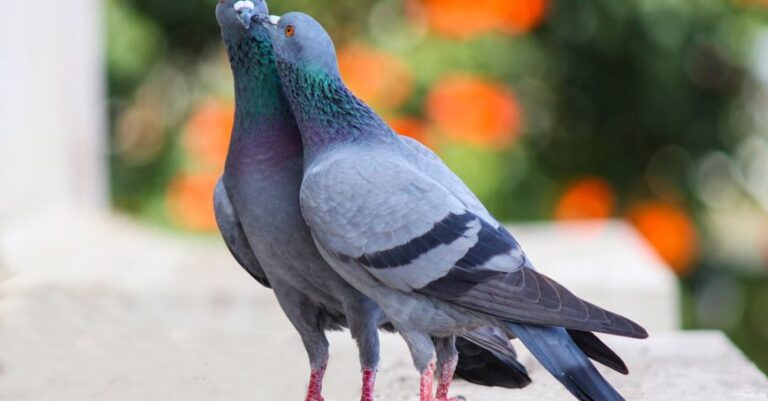
The Unique Vulnerability of Galapagos Fauna to Climate Change
Nestled in the eastern Pacific Ocean, the Galapagos Islands are renowned for their unique biodiversity and the pivotal role they played in shaping Charles Darwin’s theory of evolution. However, the very characteristics that make the Galapagos Islands a biological wonder also render its fauna particularly vulnerable to the impacts of climate change. As global temperatures continue to rise and weather patterns become increasingly erratic, the delicate balance of ecosystems on these remote islands is being disrupted, with far-reaching consequences for the wildlife that calls this archipelago home.
Rising Temperatures and Shifts in Habitats
One of the most immediate and visible impacts of climate change on Galapagos fauna is the rise in temperatures. As temperatures increase, many species of animals that are adapted to specific temperature ranges are forced to either migrate to higher elevations or seek out cooler microclimates to survive. This disruption in their natural habitats can have cascading effects on the entire ecosystem, leading to changes in species interactions and competition for limited resources.
For example, the iconic Galapagos tortoises, known for their impressive size and longevity, are facing challenges as rising temperatures affect the availability of suitable nesting sites. Higher temperatures can also lead to changes in the sex ratios of hatchlings, with more females being born due to the warmer conditions. This imbalance can have serious implications for the long-term survival of these already endangered species.
Ocean Acidification and Marine Life
In addition to rising temperatures, climate change is also causing ocean acidification, a process in which the ocean absorbs excess carbon dioxide from the atmosphere, leading to a decrease in pH levels. This phenomenon has profound implications for the marine life in the waters surrounding the Galapagos Islands, which are home to a diverse array of species, including marine iguanas, sea lions, and various species of fish and sharks.
Ocean acidification can weaken the calcium carbonate structures of corals and shell-building organisms, making it harder for them to survive and reproduce. This not only impacts the delicate balance of coral reef ecosystems but also affects the entire food chain that relies on these organisms for sustenance. For marine species that depend on coral reefs for shelter and food, such as the colorful parrotfish and the elusive hammerhead sharks, the degradation of coral reefs can have devastating consequences.
Extreme Weather Events and Habitat Destruction
The Galapagos Islands are not immune to the impacts of extreme weather events, such as hurricanes and droughts, which are becoming more frequent and severe due to climate change. These events can cause widespread habitat destruction, leading to loss of nesting sites, food sources, and shelter for many species of wildlife.
For instance, the Galapagos penguins, the only penguin species found north of the equator, are particularly vulnerable to extreme weather events and fluctuations in sea surface temperatures. These events can disrupt their feeding patterns and reduce the availability of prey, making it harder for them to survive and reproduce. As a result, the population of Galapagos penguins has been declining in recent years, highlighting the urgent need for conservation efforts to protect these charismatic birds.
Adapting to a Changing Climate
In the face of these mounting challenges, the Galapagos National Park and various conservation organizations are working tirelessly to mitigate the impacts of climate change on the islands’ unique fauna. Efforts are being made to restore degraded habitats, implement sustainable tourism practices, and monitor and protect vulnerable species from further declines.
By raising awareness about the threats posed by climate change and promoting sustainable development practices, we can help ensure the long-term survival of the Galapagos Islands’ iconic wildlife. It is crucial that we act now to protect these irreplaceable species and preserve the natural beauty and biodiversity of this unique archipelago for future generations to appreciate and cherish.





